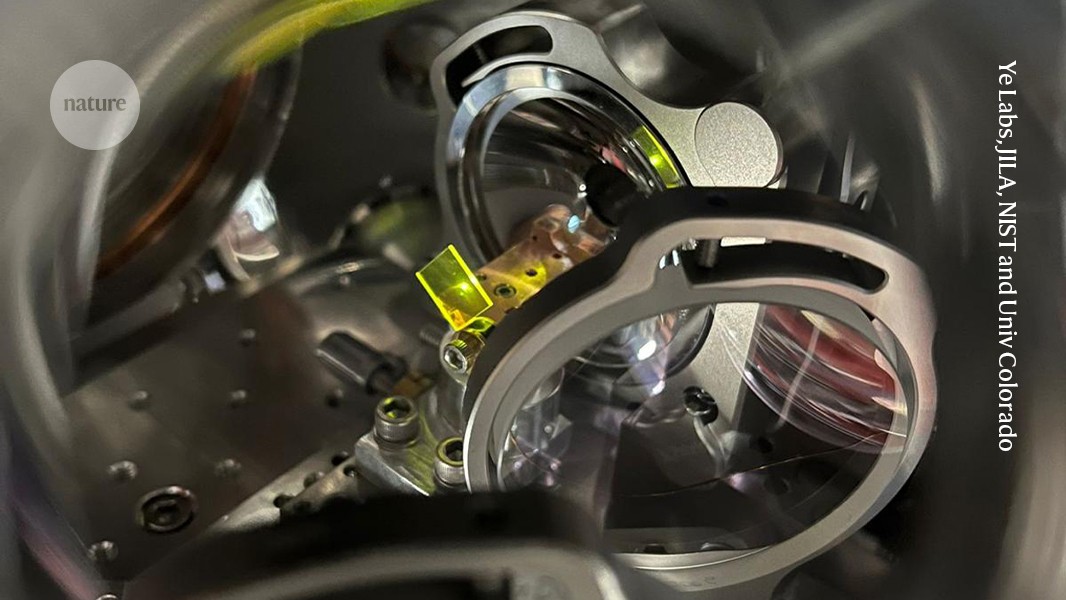- cross-posted to:
- science@beehaw.org
- cross-posted to:
- science@beehaw.org
cross-posted from: https://lemmy.sdf.org/post/21879517
A link to the preprint. I’ll do the actual math on how many transitions/second it works out to later and edit.
I’ve had an eye on this for like a decade, so I’m hyped.
Edit:
So, because of the structure of the crystal the atoms are in, it actually has 5 resonances. These were expected, although a couple other weak ones showed up as well. They give a what I understand to be a projected undisturbed value of 2,020,407,384,335.(2) KHz.
Then a possible redefinition of the second could be “The time taken for 2,020,407,384,335,200 peaks of the radiation produced by the first nuclear isomerism of an unperturbed 229Th nucleus to pass a fixed point in space.”



Yup. Well, if that’s all the digits you need. It’s kind of where Far UV turns into Extreme UV. That’s still shockingly low energy for a nuclear decay, which is where the idea came from.
Like I said on the crosspost, reaching the frequency isn’t the problem, per se. This works exactly because there’s electron-transition-based lasers that can pump it. The direct link to the strong/weak force and more compact, potentially solid state clocks with better-than-atomic precision are the benefits.
I’m hoping I can eventually buy a pair of stopwatches that can measure the time dilation just from me walking around. Detecting dark matter is also cool, as is better wireless technologies.